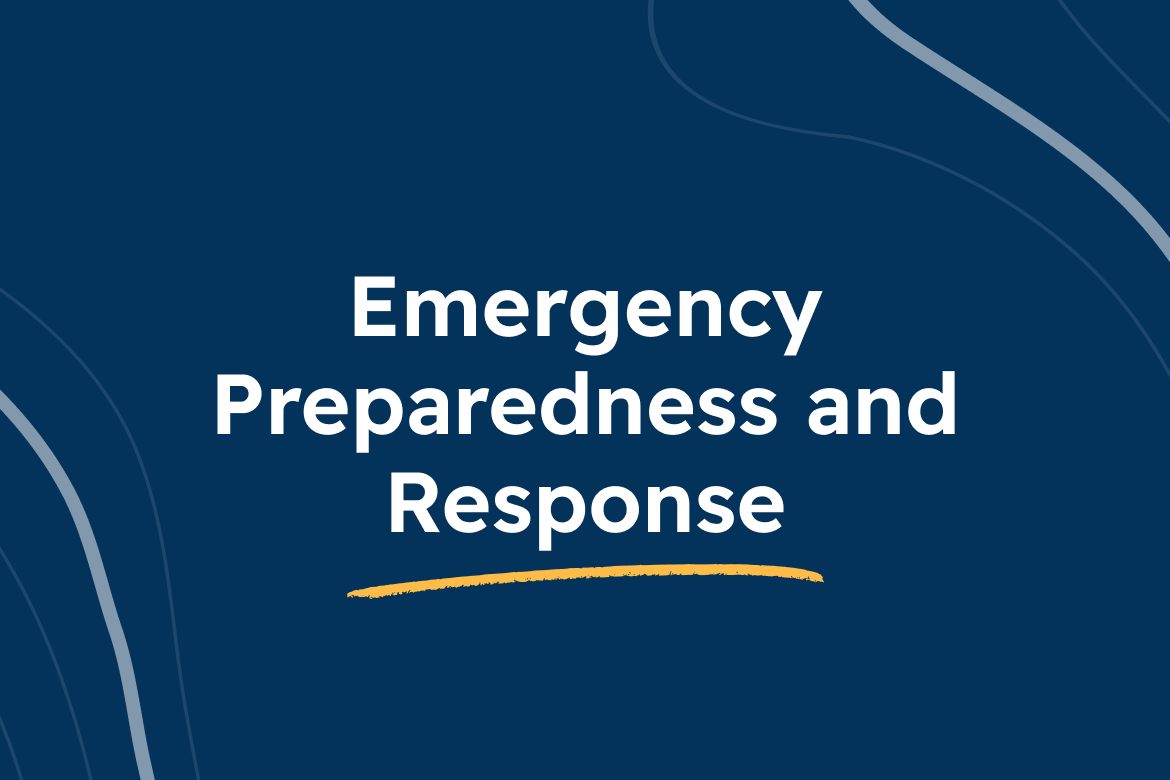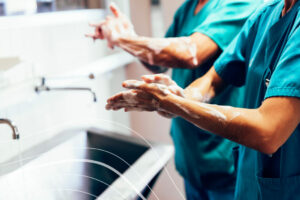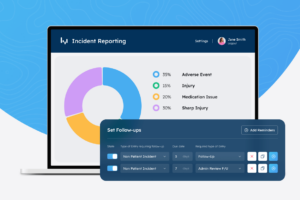Preparing for and responding to emergencies is a crucial aspect of accreditation requirements for healthcare facilities. Accreditation bodies such as AAAHC, CMS, The Joint Commission, and QUAD A all require their affiliated facilities to have comprehensive emergency preparedness and response plans in place.
Ensuring this practice at your healthcare facility is no simple task. It will take lots of planning, documentation, resources, and technology. Let’s begin with what to prepare for, and how best to do so, in order to set your facility up for success.
Here are some of the key accreditation requirements for emergency preparedness and responses.
1. Risk Assessment
In order to prepare your particular healthcare facility for this practice, it’s best to first take a good look at what is most likely to impact your facility. In the best-case scenario, maybe you are already well prepared. Or, in most cases, there are important factors you haven’t yet considered.
Identify and assess the potential risks and hazards at your facility that could lead to emergencies. Consider natural disasters, accidents, security threats, and other potential crises specific to your location and industry.
2. Emergency Preparedness Plan
Once you know what to prepare for, it’s time to develop a plan for those top risk factors. If there’s one thing to consider in this step, it’s creating as detailed an emergency preparedness plan you possibly can. This will include outlining procedures, responsibilities, and communication strategies. It can also include evacuation plans, emergency contacts, and procedures for handling specific types of emergencies.
Download Emergency Preparedness Plan
We will handle your request in accordance with our Privacy Policy
3. Emergency Equipment and Resources
With a plan in place, you then will start to check on the materials and resources needed to keep in line with your plan. Typically, your plan will involve a variety of emergency pieces of equipment such as first aid kits, fire extinguishers, and emergency exits.
However, it’s not only important to have these pieces of equipment, but also to ensure their usefulness when the time is needed. Be sure to maintain and regularly check emergency equipment. Ensure access to necessary resources, including medical supplies and communication tools.
4. Training and Drills
You know what they say – practice makes perfect. As healthcare facilitators, you know first-hand how important practicing routines and procedures may be. It is no different for your emergency preparedness plan.
Regularly train personnel on emergency procedures and conduct drills to ensure everyone is familiar with their roles. Practice evacuation procedures, first aid, and any other relevant skills that fit within the plan you’ve outlined as a team.
5. Collaboration with Local Authorities
In a true act of emergency, your facility will not operate in a silo. There will be a need to bring in others, outside your healthcare facility, to help fulfill your plans. This includes your local emergency services and authorities.
Establish relationships and communication channels with these authorities now, before they’re deemed necessary. It’s crucial to know your points of contact, understand local emergency response procedures, and incorporate them into your plan.
6. Compliance with Regulations
During the time you reach out to your local authorities, ask them, and ensure that your emergency preparedness and response plans comply with relevant local, state, and national regulations.
Emergency preparedness plans are never one-size-fits-all, but both your local authorities and other accredited facilities in your area, should help put you on the right track for compliance.
7. Documentation and Reporting
The plans you developed during the first few steps are only useful if they are known, practiced, and well-documented. This is where technology can play a key role in your emergency preparedness.
After creating your documents and reports, develop a system for documenting and reporting emergencies that you can refer back to. Surglogs platform can help your facility keep records of drills, incidents, and responses for evaluation and improvement.
8. Review and Update
Your documented plan should never become stale, but rather a living, breathing document that you regularly review and update.
Be sure to account for changes in personnel, facilities, or potential risks, as well as learn from past incidents to continuously improve response strategies.
9. Crisis Communication
Establish communication protocols for internal and external communication during emergencies. As stated in preview steps, your facility will not operate alone in a crisis. Therefore, ensuring that there are the right communication channels in place can help avoid potential failures.
In addition, communication will continue even after the crisis is over. Develop a crisis communication plan that includes strategies for communicating with employees, stakeholders, and the public during and after emergencies.
10. Post-Incident Analysis
During your routine checks on your emergency preparedness plan, we’ll once again remind you that conducting a thorough post-incident analysis will be required by your accreditation bodies. This is meant to identify strengths and weaknesses in the response. Use the findings to update and improve the emergency preparedness plan for the future!
As stated before, while a strong emergency preparedness plan, that also fulfills accreditation requirements, is not easy, it will be instrumental for your business and future role in society. Following these key steps not only will help your facility meet accreditation requirements but, more importantly, ensure the safety and well-being of individuals and the efficient handling of emergencies when they occur.


